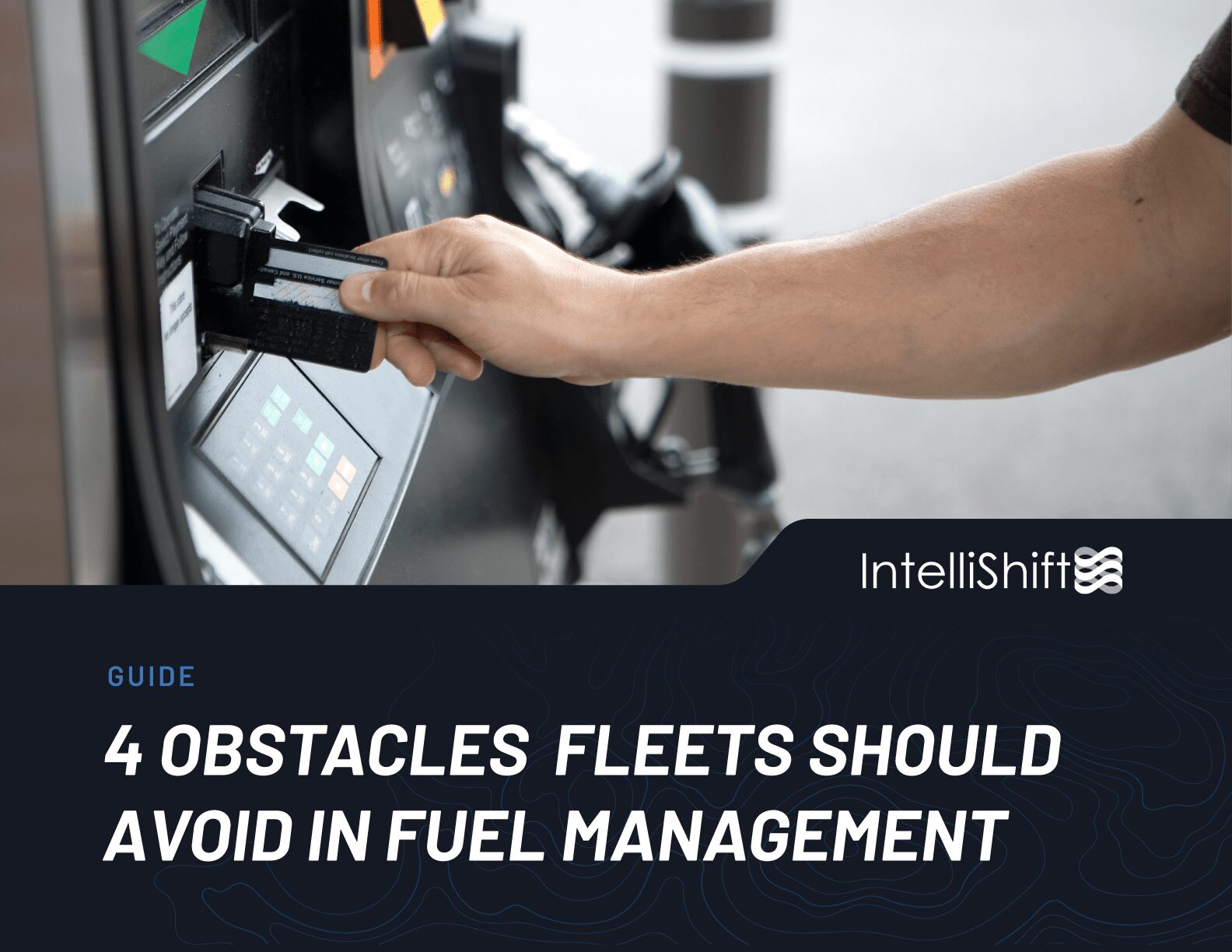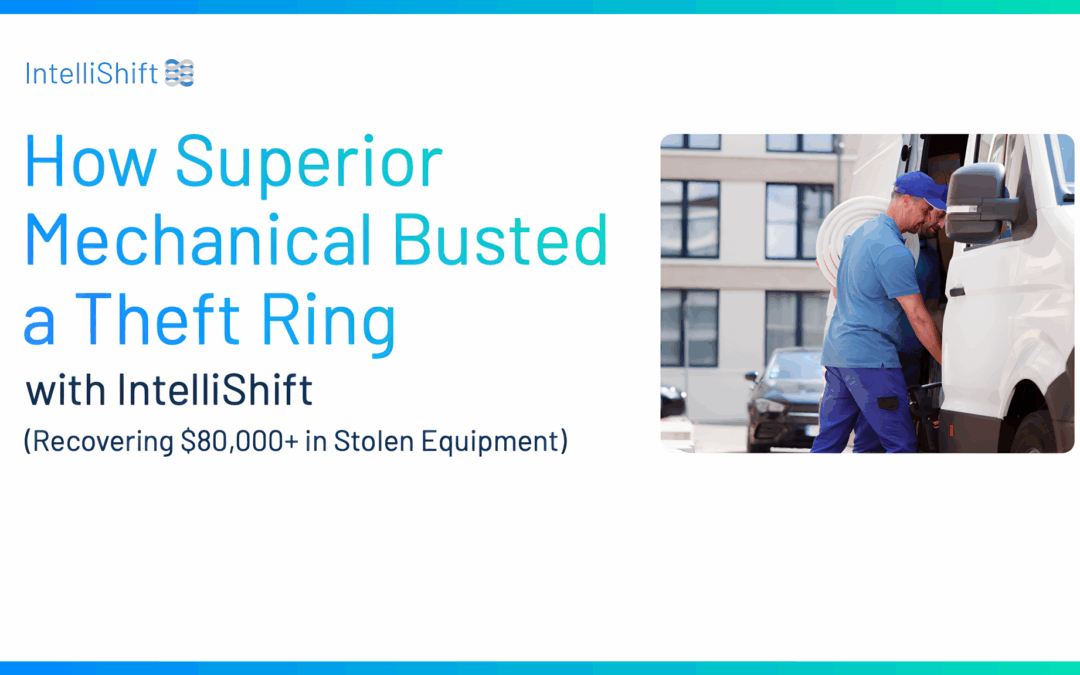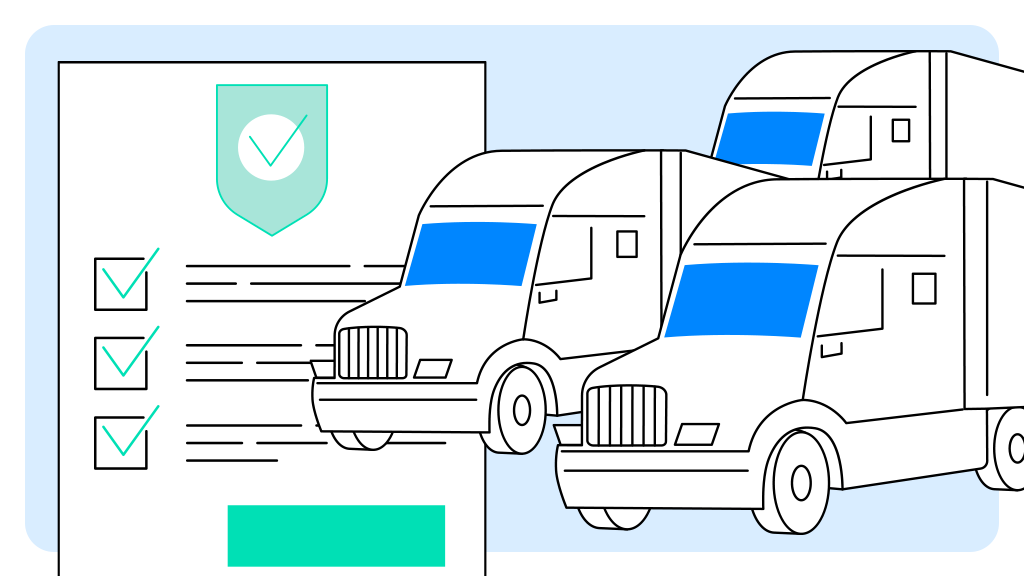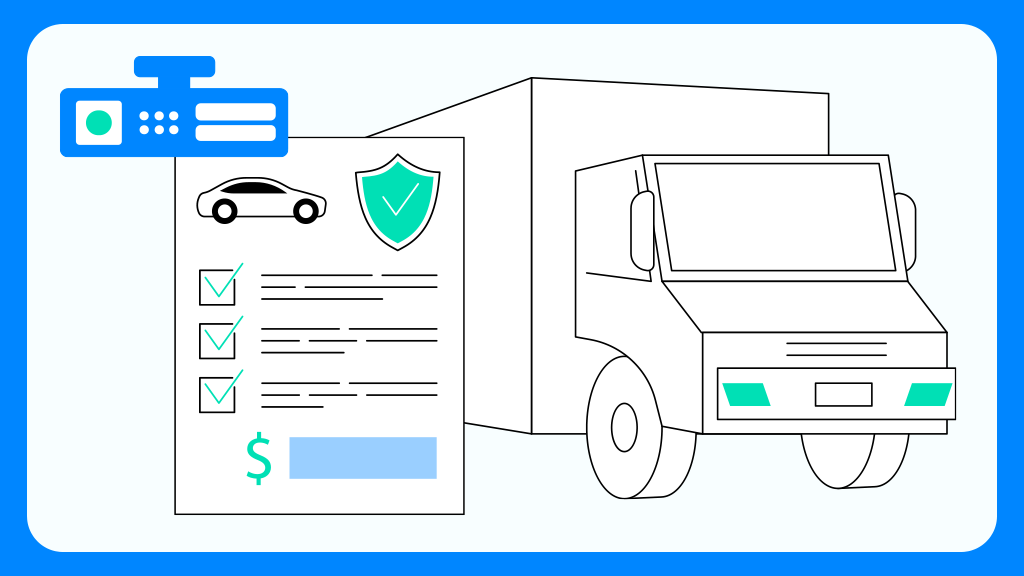Fleet maintenance isn’t just about keeping vehicles on the road. It’s about keeping your business moving forward without the constant stress of breakdowns, compliance issues, and surprise repair bills.
Yet, even the most seasoned fleet managers fall into traps that quietly drain budgets and productivity. And the worst part? Most of these mistakes are completely avoidable.
Here are seven of the biggest maintenance mistakes we see fleets making and how to avoid them before they wreck your schedule and your bottom line.
1. Relying on a “Fix‑It‑When‑It‑Breaks” Approach
The Better Way
Stop reacting and start preventing. Set up recurring preventive maintenance based on mileage, engine hours and time, and use telematics data to predict failures. IntelliShift’s automated scheduling tools help you track service needs and catch issues before they hit your wallet.
2. Not Having a Structured Schedule and Digital Record‑Keeping
The Better Way
Move everything into the cloud. Use digital maintenance logs and fleet management software to capture service history, inspections, and repairs in one place. IntelliShift’s platform makes record‑keeping effortless, audit‑ready, and accessible from any device.
3. Ignoring Small Issues, Tires, and Fluids
The Better Way
Pay attention to the little things. Equip your fleet with tire pressure monitors and schedule regular fluid checks. Encourage drivers to report dash lights or unusual noises immediately, and use health dashboards to catch issues in real time.
4. Using a One‑Size‑Fits‑All Approach
Not all assets are created equal. Heavy‑duty dump trucks, delivery vans, trailers and generators each have different usage patterns, loads and environments. Applying the same schedule to every vehicle leads to over‑servicing some assets and under‑servicing others. Tailor maintenance intervals based on telematics data, mileage, engine hours and type of work. Don’t forget non‑vehicle assets like trailers and generators; these often get overlooked until they fail at the worst possible time.
The Better Way
IntelliShift lets you customize schedules for every asset so nothing falls through the cracks. Use telematics to track how and where a vehicle or piece of equipment is being used and adjust service intervals accordingly. Remember to include trailers, generators and other non‑vehicle assets in your preventive plan.
5. Not Training Drivers and Ignoring Their Feedback
The Better Way
Make daily inspections part of your culture. Train drivers to perform pre‑ and post‑trip inspections, listen to their feedback and provide an easy reporting tool such as a mobile inspection app. When drivers know their voice matters, issues get addressed before they grow.
6. Using Low‑Quality Parts and Neglecting Proper Replacement
The Better Way
Invest in quality parts from trusted suppliers and follow manufacturer recommendations for replacement intervals. Keep a parts and inventory log in your fleet management system so you know when critical components were last replaced and can budget for future needs.
7. Overlooking Cost Impact and Failing to Leverage Fleet Management Solutions
The Better Way
IntelliShift’s telematics tools tie maintenance data to cost metrics so you know exactly what you’re saving and where you can save more. Use maintenance data to drive decisions. With fleet management software, you can connect downtime, fuel consumption and repair costs to each vehicle, monitor trends and see the return on investment of preventive maintenance. This visibility allows you to spend smarter and avoid nasty surprises.
Bottomline
Avoiding these common mistakes isn’t about perfection; it’s about progress. Every step toward a proactive, data-driven maintenance strategy pays off in more uptime, fewer headaches, and healthier profit margins. Whether you manage a handful of service vans or a mixed fleet of vehicles and assets, IntelliShift replaces guesswork with certainty, chaos with control, and wasted dollars with real savings.
Next step: Download the Productivity Blueprint for Fleet Managers to learn the 10 essential steps for optimizing operations, boosting efficiency, and unlocking your fleet’s full potential.

![Episode 50 Thumbnail Erin celebrates building the fleet community with 50 episodes and 11K followers on LinkedIn [Podcast]](https://intellishift.com/wp-content/uploads/2025/08/gfx-blog_7-fleet-maintenance-mistakes.png)




